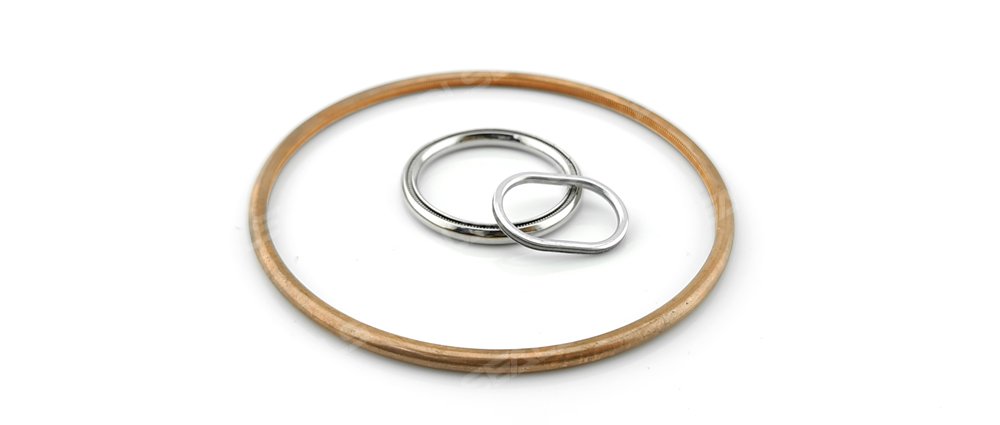Metal seals play a crucial role in various industrial applications, ensuring leak-proof performance in demanding environments. However, even the highest-quality metal seals can fail to deliver optimal performance if not installed correctly. Proper installation is key to maximizing the effectiveness and longevity of metal seals. In this article, we’ll explore the importance of proper installation for metal seals and discuss best practices to ensure optimal performance.
Seal Integrity: Proper installation is essential for maintaining the integrity of metal seals. Any misalignment or damage during installation can compromise the seal’s ability to prevent leakage, leading to potential safety hazards and costly downtime.
Optimal Performance: Correct installation ensures that metal seals perform as intended, providing reliable sealing in critical applications. This includes achieving the required compression and ensuring that the seal is securely seated in place to withstand operating conditions.
Prevention of Damage: Improper handling and installation can cause damage to metal seals, such as deformation or scratches, which can significantly affect their performance. Following best practices during installation helps prevent such damage and ensures the seal’s effectiveness.
Enhanced Safety: Properly installed metal seals contribute to a safer working environment by preventing leaks that could lead to accidents or environmental hazards. Ensuring correct installation reduces the risk of seal failure and enhances overall workplace safety.
Longevity and Cost Savings: Effective installation techniques prolong the lifespan of metal seals, reducing the need for frequent replacements and associated maintenance costs. By investing time and effort in proper installation, businesses can achieve significant cost savings over the long term.
Best Practices for Installing Metal Seals:
Preparation: Thoroughly clean and inspect mating surfaces before installation to remove any debris or contaminants that could affect sealing performance.
Alignment: Ensure proper alignment of mating components to prevent uneven loading and stress on the seal. Use alignment tools and techniques to achieve precise alignment.
Compression: Apply the correct amount of compression to the metal seal according to manufacturer specifications. Over-compression can lead to premature failure, while insufficient compression may result in inadequate sealing.
Handling: Handle metal seals with care to avoid damage during installation. Use appropriate tools and protective measures to prevent scratches, dents, or other forms of damage.
Verification: After installation, verify the integrity of the seal through pressure testing or visual inspection to confirm proper seating and sealing effectiveness.
By adhering to these best practices, businesses can ensure that metal seals are installed correctly, maximizing their performance and reliability in demanding industrial environments. Proper installation not only enhances seal effectiveness but also contributes to overall operational efficiency and safety.
Post time: Apr-28-2024

